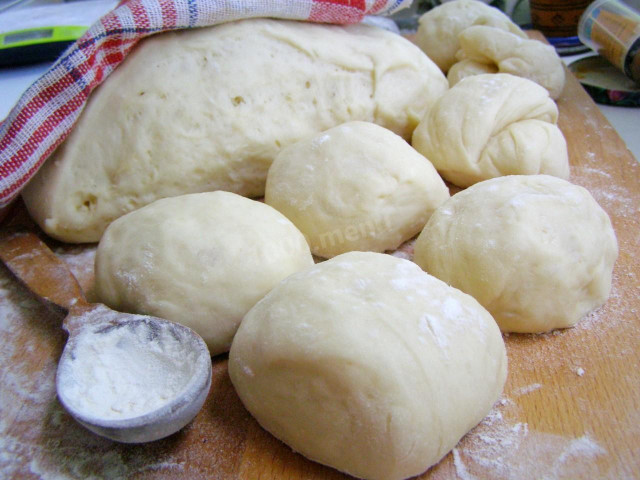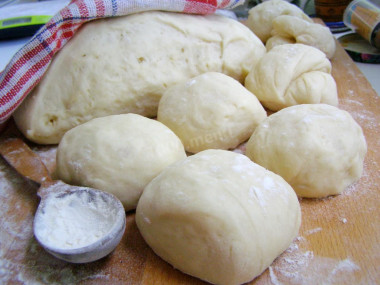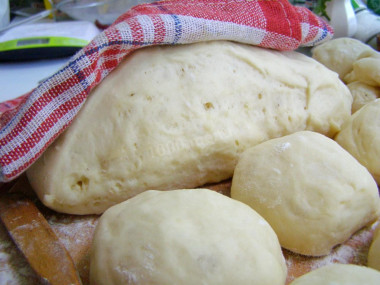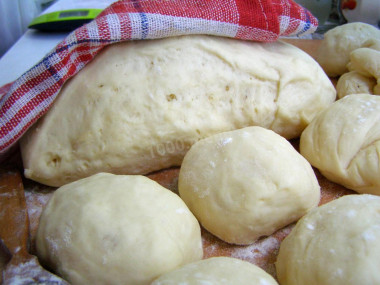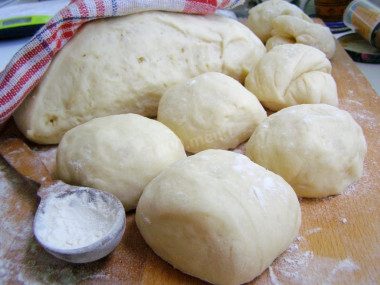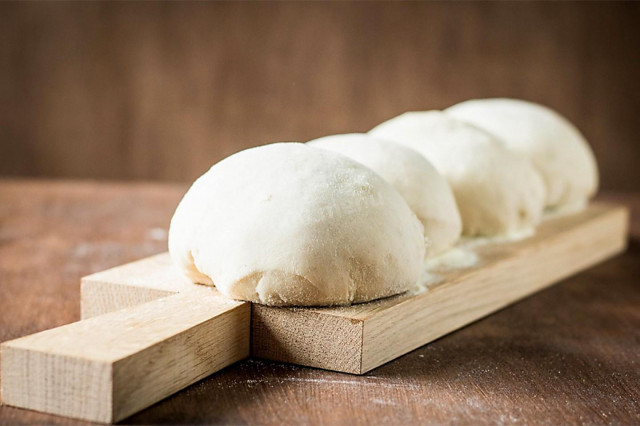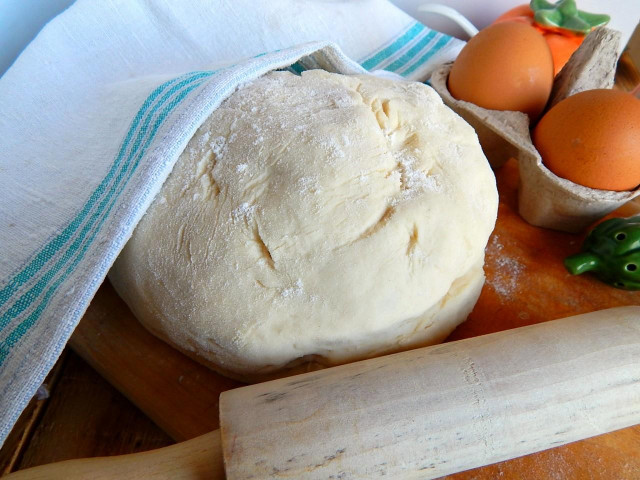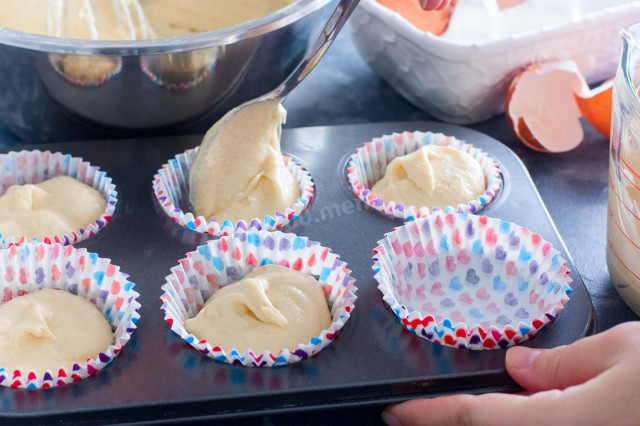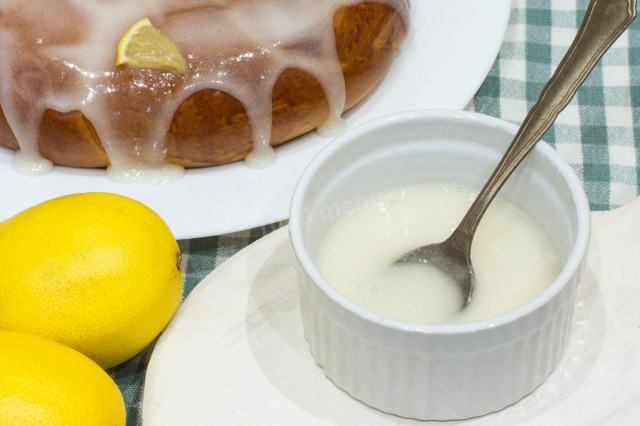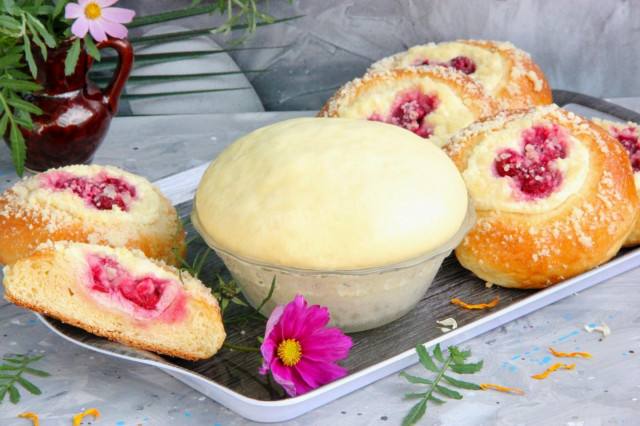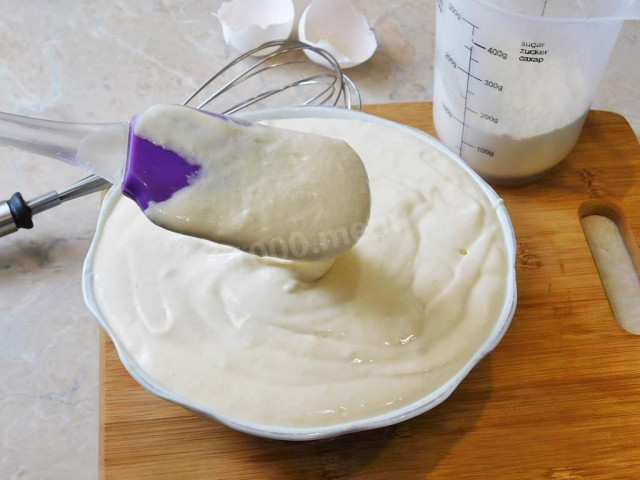Composition / ingredients
Step-by-step cooking
Step 1:
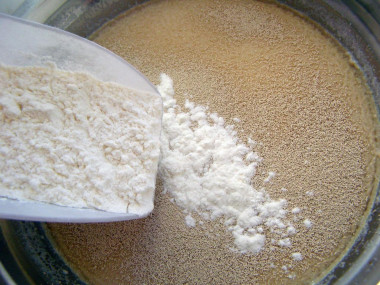
Before you start, I want to warn you – immediately prepare at hand all the ingredients that will participate in the process. It is very important not to be late for the right moment. Let's start with sourdough. Yes, yes, it should be cooked according to all the rules. Warm up the milk, pour yeast into it, 2 tbsp.l., flour and one – sugar.
Step 2:
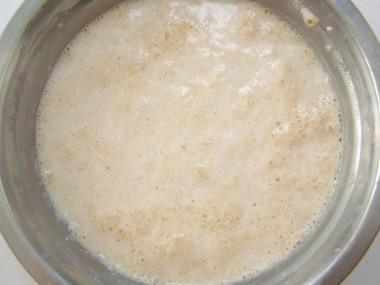
Stir everything until smooth and warm! The rest is done already when you see the foam on the surface of the sponge.
Step 3:
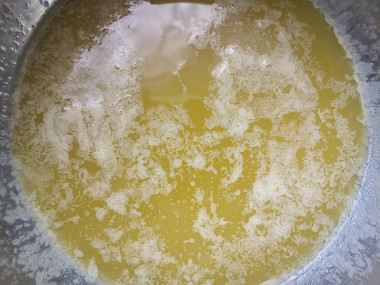
First take the butter and melt it.
Step 4:
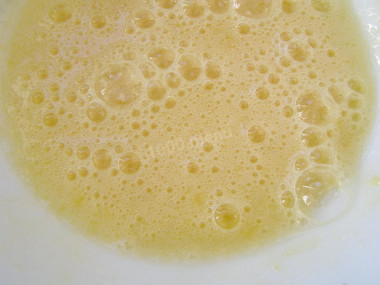
In order not to pour it out right away, because it will be very hot, let's combine sugar with egg for now, adding vanilla and salt. You need to grind everything thoroughly in a convenient way.
Step 5:
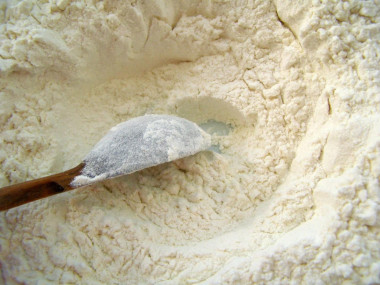
Now the flour is next. We'll sift it a couple of times. Then, pouring into a spacious bowl, we will make a deep hole in the slide.
Step 6:
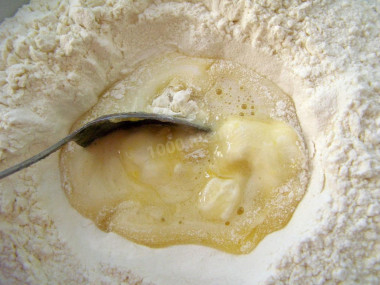
And in turn we will start pouring in an egg, mashed with sugar, vanilla and salt, then a little cooled butter and sourdough.
Step 7:
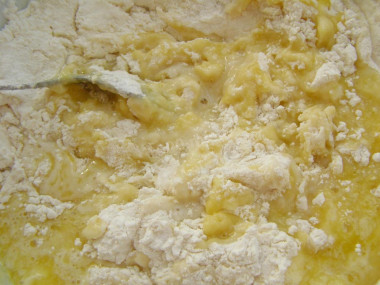
Knead the dough, carefully taking the liquid mass and combining it with flour. First, we knead with a spoon.
Step 8:
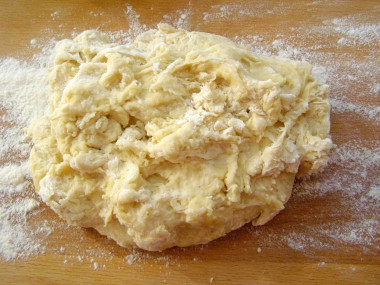
And then – with your hands. Put the dough on a floured board. If the flour does not seem enough, we will add a little. The dough should not be too soft and not too tight. The main thing is that it does not stick to your hands.
Step 9:
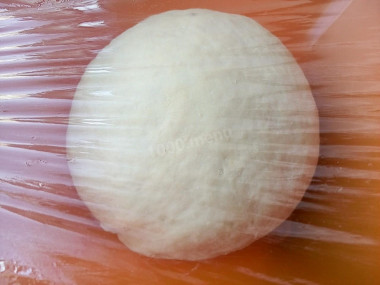
I rolled up a bun and put it in a clean, dry bowl, covered it with a film. In the warmth, this beauty quickly rose and increased in size.
And more tips
Yeast. If you prefer dry pressed, choose only the freshest. As for their quantity, do not overdo it, otherwise the buns will acquire a persistent smell of fermentation and will be dry.
Oil. It also cannot be consumed cold or hot – only warm.
Flour. Remember that the splendor of the buns also depends on whether you sift the flour (you can even do it several times), so this is an important point.
Eggs. Follow the recipe, because a lot depends on the number of eggs, too. They put more for the pastry dough than in other situations.
Heaviness. It is not necessary to take more sugar and butter, otherwise the dough will take a very long time to rise.
Salt. If it is written in the recipe – salt, so much, do not ignore this item. The taste of the buns will be better.
Air temperature. Of course, the room should be warm and without a hint of a draft, then the dough will be lush. In extreme cases, turn on the oven to heat the air.
Kneading. Manual, that's all. Dough loves the warmth of our hands!
Test readiness. You will understand that it is ready if it sticks slightly, and does not stick to the palms.
Kneading time. It's not scary if we will knead the dough several times. This way it is better enriched with oxygen.
And don't forget about the mood! It should be good, definitely.
Caloric content of the products possible in the composition of the dish
- Whole cow's milk - 68 kcal/100g
- Milk 3.5% fat content - 64 kcal/100g
- Milk 3.2% fat content - 60 kcal/100g
- Milk 1.5% fat content - 47 kcal/100g
- Concentrated milk 7.5% fat content - 140 kcal/100g
- Milk 2.5% fat content - 54 kcal/100g
- Chicken egg - 157 kcal/100g
- Egg white - 45 kcal/100g
- Egg powder - 542 kcal/100g
- Egg yolk - 352 kcal/100g
- Ostrich egg - 118 kcal/100g
- Whole durum wheat flour fortified - 333 kcal/100g
- Whole durum wheat flour, universal - 364 kcal/100g
- Flour krupchatka - 348 kcal/100g
- Flour - 325 kcal/100g
- Granulated sugar - 398 kcal/100g
- Sugar - 398 kcal/100g
- Butter 82% - 734 kcal/100g
- Amateur unsalted butter - 709 kcal/100g
- Unsalted peasant butter - 661 kcal/100g
- Peasant salted butter - 652 kcal/100g
- Melted butter - 869 kcal/100g
- Salt - 0 kcal/100g
- Vanilla sugar - 379 kcal/100g
- Dry yeast - 410 kcal/100g

